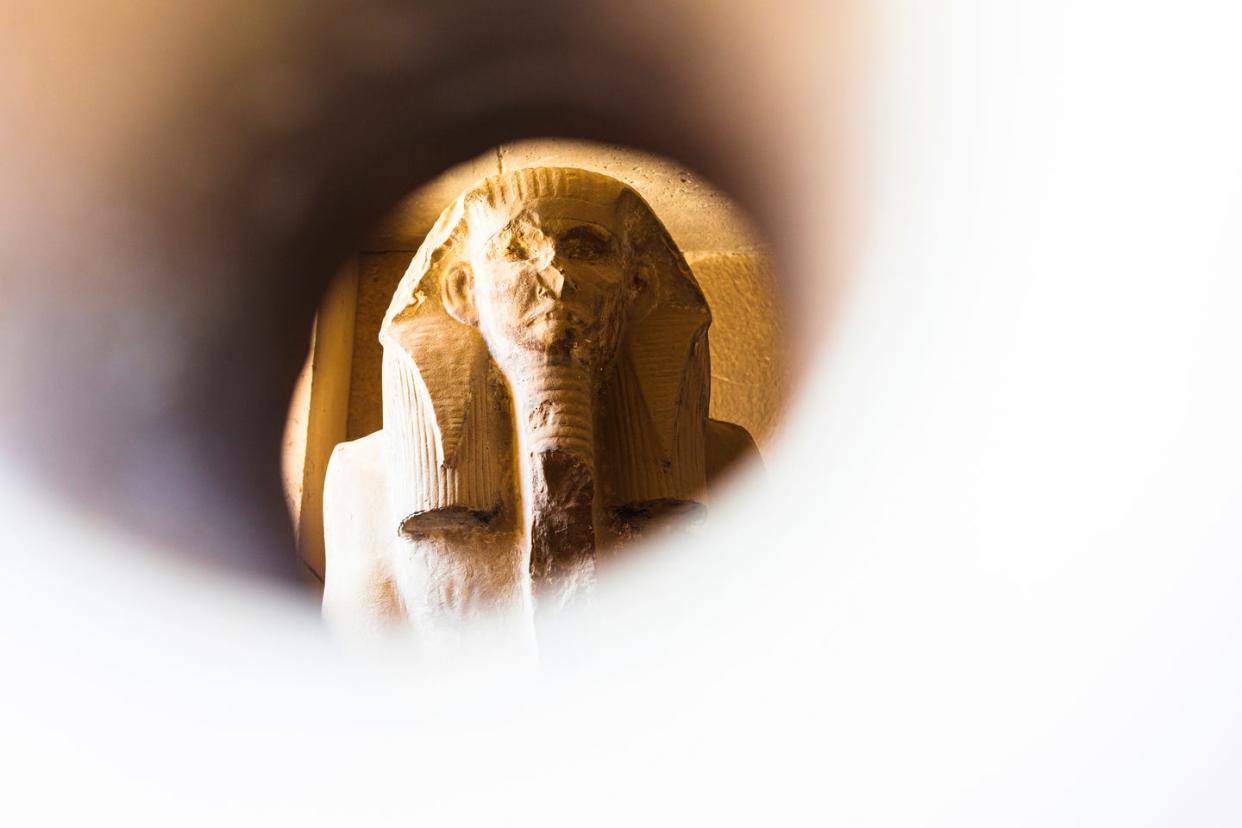Archaeologists Dove Beneath the Nile and Found a Surprise: Traces of Ancient Pharaohs

An underwater archaeological mission in the Nile River near Aswan, Egypt, recovered a handful of long-lost artifacts.
When the building of the Aswan High Dam in the 1960s flooded the area, UNESCO tried but failed to recover artifacts that were swept away when water submerged the region along the river.
Among the recent finds were several ancient carvings of pharaohs and inscriptions that should shed some light on their originating era.
A team of archaeological divers found pieces of ancient Egyptian artifacts that have been sitting at the bottom of the Nile River since the area was flooded in the 1960s and 1970s.
During an underwater archaeological survey project in Egypt’s major river, the team discovered ancient rock carvings that featured various inscriptions and depictions of Egyptian pharaohs. The country’s Ministry of Tourism and Antiquities believes, according to a translated statement, the locating of these carvings “indicates the possibility of the discovery of new carvings and historical information.”
This was the first mission to study the rock formations under the waters of the Nile between the Aswan Reservoir and the High Dam. When the High Dam was being built in the 1960s, it flooded the area, decimating the area and, in addition to displacing its people, washing away its rich history. Aswan, located along the Nile on the southern frontier of Egypt, was was a major supplier of granite to the rest of the country for use in temples and pyramids. It was also a key military outpost for centuries because of its geographical position. When the dam flooded during construction, UNESCO tried to locate and save ancient artifacts, time was short and the organization couldn’t locate everything that had been swept away in the flooding.
The research team, which was a joint effort between Egypt’s Department of the Sunken Archaeology of the Supreme Council of Antiquities and Paul Valery Montpellier University, used archaeological scanning, photography, underwater video and photogrammetry, as well as archaeological drawings to identify and document the paintings, carvings, and miniatures of the kings Amenhotep III, Thutmose IV, Psamtik II, and Apries.
Amenhotep III ruled for nearly four decades, according to Rosicrucian Egyptian Museum, and died around 1352. His son, Thutmose IV, then ruled and until his death around 1390 BC. Psamtik ruled from 595 to 589 BC and Apries followed, from 589 to 570 BC. The Amenhotep III temple is located near the Aswan flooding site.
Mohamed Ismail Khaled, secretary general of the Supreme Council of Antiquities, said in a statement that since the sculptures were in good condition, the team was able to fully document the texts that came associated with the carvings.
While the statement didn’t share what the inscriptions said, the team plans on producing 3D models of the discovered carvings for study. The discovery could open a completely new understanding of both the region and the possibilities of additional underwater finds.
You Might Also Like
